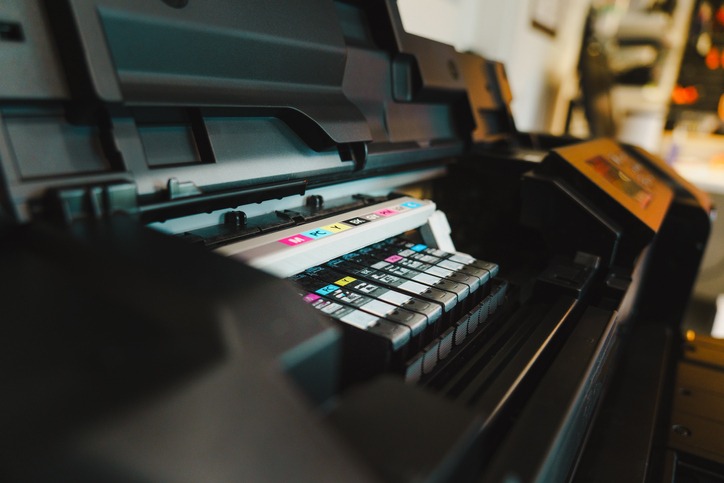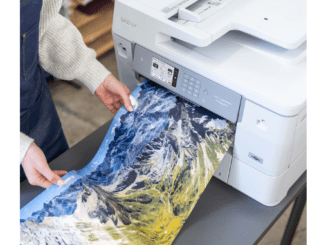
Not all alternative printer consumables are equal…
Printer consumables – the toners, cartridges and ink that make the machine work – have traditionally been the preserve of the printer manufacturer. Original equipment manufacturers (OEM) consumables were, for a time, the only safe choice, but were also expensive.
Pretty quickly, third parties began to crack the OEM code, offering non-OEM consumables at a fraction of the cost. However, with some products, the durability and quality all left something to be desired. Many who experimented with non-OEM consumables quickly returned to their OEM suppliers.
But the market has matured a great deal since then, and many of today’s non-OEM alternatives are on par, if not better, than the OEM products. Here’s what you need to know.
Remanufactured vs compatible
‘Remanufacturing’ cartridges means taking the OEM unit apart and outfitting it with new ink and any perishable parts. ‘Compatible’ cartridges are standalone products, sold brand new, that are designed to work perfectly in the print machine. Both have their place in the tapestry of lower-priced printing, but there are some pros and cons to consider.
Remanufactured cartridges have usually gone through one cycle of use. They are extensively cleaned, tested for quality and any worn or damaged components are replaced. They are then reassembled, filled with ink, and brought back to life, saving that cartridge from landfill. However, they are usually not remanufactured again, so this isn’t the most sustainable solution.
Compatible cartridges, on the other hand, are uniquely designed to be different from – and sometimes even superior to – the OEM options, while still being cheaper to buy. Compatible cartridges, in some instances, are designed to be remanufactured over and over again, making them a more eco-friendly option.
Making them better than OEM
Steve Weedon, CEO of Print-Rite Europe, explained his mission to make a compatible cartridge that exceeds the performance of the OEM product. In many OEM cartridges, waste toner is collected in a hopper; at the end of the life of the cartridge this can account for up to 15% of the original fill.
“What we’ve done in our technology is eliminate waste completely; it follows that we use 100% of the toner on the printed page. We have a way of getting that waste toner back to the original toner hopper, so it gets repeatedly put onto the page area for transfer until it runs out. We use all the toner, and that’s a CO2 benefit.”
That’s a win for the environment and for the customer, who ultimately gets more printed pages from every toner cartridge bought. Steve further noted that, thanks to the patented technology inside his cartridges, he can produce jumbo cartridges that go up to nine times further than OEM solutions, without any toner overspill.
Paying for quality
To benefit from the meticulous engineering, development and care that has gone into making high performance alternative consumables, you can’t expect to pay the lowest price. There will still be a saving compared with the OEM offer, but targeting the very cheapest product will probably deliver customers a sub-par solution.
Offering alternatives to traditional consumables doesn’t have to mean dissatisfied customers. Choosing a well-made, tried and tested non-OEM product can help customers save money and be more environmentally conscious too. It’s more important than ever that we educate our customers on the differences between inferior, lowest price products and those that will really perform the best for them.
YOU MAY ALSO LIKE: Read more about alternatives to original consumables here.



Be the first to comment